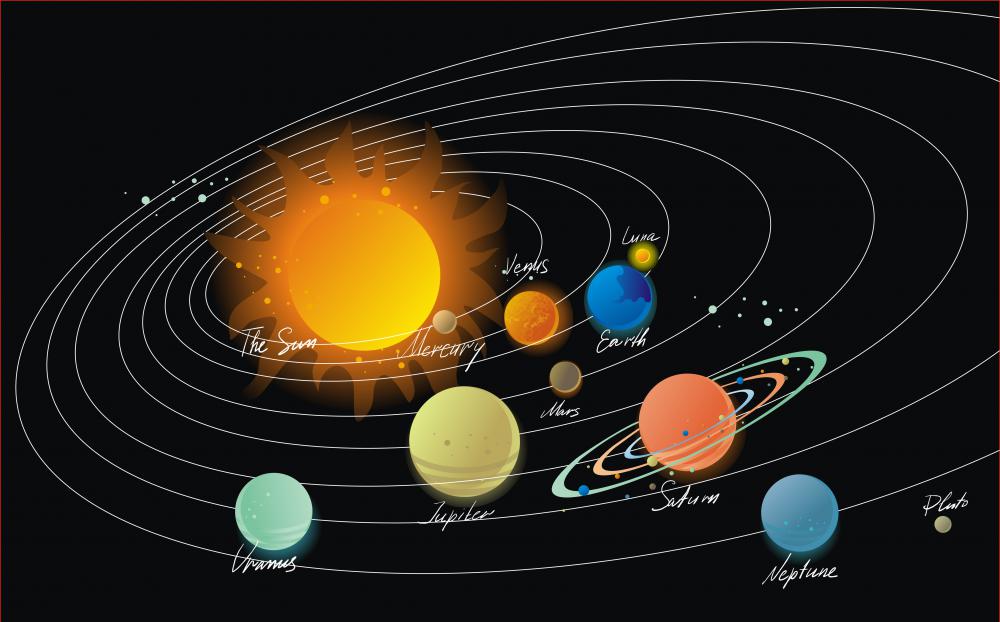elliptical orbit
- Elliptical Orbit Theory
- Elliptical Orbit Around The Sun
- Elliptical Orbit Meaning
- Elliptical Orbit Around The Sun
An elliptical or elliptic orbit was an orbit were a smaller object moved around a larger object in an oval-shaped path, such as an object found in a geosynchronous orbit. When the USS Enterprise approached Terra 10, Captain James T. Kirk had the ship set for a single elliptic orbit. (TAS: 'The Terratin Incident') Vandor IV was detected to be 'a planetoid in elliptical orbit around the binary. NAAP – Planetary Orbit Simulator 1/8 Kepler’s 1st Law Kepler’s 2nd Law Kepler’s 3rd Law Newton’s 1st Law planets orbit the sun in elliptical paths planets with large orbits take a long time to complete an orbit planets move faster when close to the sun only a force acting on an object can change its motion. An elliptic Kepler orbit with an eccentricity of 0.7, a parabolic Kepler orbit and a hyperbolic Kepler orbit with an eccentricity of 1.3. The distance to the focal point is a function of the polar angle relative to the horizontal line as given by the equation ( 13 ).
ə′lip·tə·kəl ′ȯr·bət] (mechanics)Want to thank TFD for its existence? Tell a friend about us, add a link to this page, or visit the webmaster's page for free fun content.
Link to this page:
By Aparna Kher
The Moon's orbit around Earth is elliptical. The point of the orbit closest to Earth is called perigee, while the point farthest from Earth is known as apogee.
Elliptical Orbit
The Moon's orbit around Earth is elliptical, with one side closer to Earth than the other.
As a result, the distance between the Moon and Earth varies throughout the month and the year. On average, the distance is about 382,900 kilometers (238,000 miles) from the Moon's center to the center of Earth.
The point on the Moon's orbit closest to Earth is called the perigee and the point farthest away is the apogee.
Supermoons & Micromoons
The Moon's phase and the date of its approach to its perigee or apogee are not synced. When a Full Moon or New Moon occurs close to the Moon's perigee, it is known as a Supermoon. On the other hand, when a Full Moon or New Moon occurs close to the Moon's apogee, it is known as a Micromoon.
The Moon passes through the 2 extreme points–or apsides–perigee and apogee about once a month. The time it takes for the Moon to travel from perigee to perigee, is called the anomalistic month, and takes around 27.55455 days.
This is not to be confused with the synodic month, which lasts a little longer, and is the time it takes the Moon to orbit once around Earth, from New Moon through all the Moon phases to the next New Moon.
Close to Earth
The Supermoon on November 14, 2016, was the closest a Full Moon has been to Earth since January 26, 1948. The next time a Full Moon is even closer to Earth will be on November 25, 2034 (dates based on UTC time).
Moonrise is the best time to view the Moon, weather permitting, of course. At this time, illusion mixes with reality to make a low-hanging Moon that looks unnaturally large when compared to foreground objects.
Lunar Libration
In addition to its counterclockwise orbit around Earth, the Moon rotates around its axis at a constant speed. Like all celestial objects with elliptical orbits, the Moon's speed varies on its path around the Earth. It speeds up when it is at its perigee and slows down when it is at the apogee. This means that at its perigee, the Moon's orbital speed is faster than its rotational speed.
When the Moon rocks slightly from north to south and wobbles a little from east to west, it is called lunar libration. This motion makes it possible, over time, to see up to 58% of the Moon’s surface from Earth, but only 50% at a time.
Elliptical Orbit Theory
Perigean and Apogean Tides
The greatest difference between high and low tide is around Full Moon and New Moon, known as spring tides or king tides. During these Moon phases, the gravitational forces of the Moon and the Sun combine to pull the ocean’s water in the same direction.
Elliptical Orbit Around The Sun
Perigean spring tides have around 5 cm (2 inches) larger variation than regular spring tides, while apogean spring tides have around 5 cm (2 inches) smaller variation than normal spring tides.

Natural Disaster Trigger?
Elliptical Orbit Meaning
Although the Sun and the Moon’s alignment cause a small increase in tectonic activity, the effects of the Supermoon on Earth are minor. Many scientists have conducted studies and haven’t found anything significant that can link the Super Moon to natural disasters.
Elliptical Orbit Around The Sun
According to NASA, the combination of the Moon being at its closest and at Full Moon, should not affect the internal energy balance of the Earth since there are lunar tides every day.
